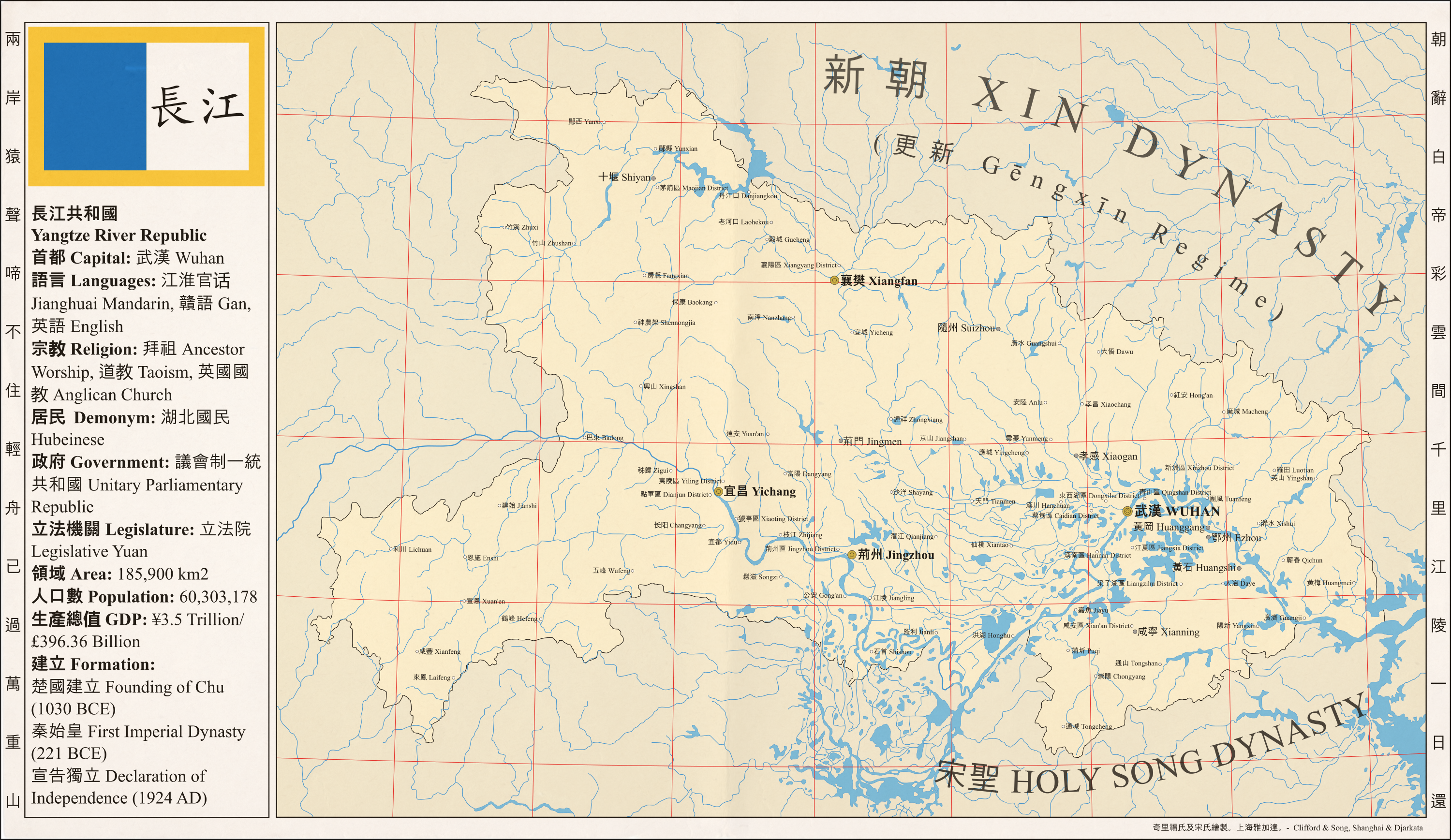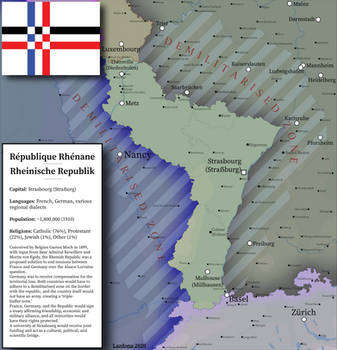Deviation Actions
Description
This morning, I depart the town of Baidi, engulfed by vibrant clouds.
I return to far away Jiangling within a single day!
From both banks, the steady sound of shrieking monkeys fills the air.
Our little boat has already carried me past thousands of hilltops.
~ Departing from Baidi in the Morning, Li Bai (756 AD)[1]
Where Peacock Flags Fly
Standing at the bow of the Kahyangan, Arif’s eyes scanned the wide berth of the morning Yangtze. Dhows, container ships, ferries as their own and all manner of vessel would emerge from the yellowish mist and careen by in a perturbingly silent manner. In modern times the lower Yangtze was often nicknamed Wú Shēng, ‘Silent’, by virtue of the great care mariners took to not offend the many parties to the river.
Turning his head northwards, the severe cliffs were topped with much traffic even at this early hour and in this instance -though made difficult by the haze- Arif spotted a pair of border guards in their officious uniforms unambiguously spying on his ship. The Xin Dynasty[2], fascists, albeit polite ones. They claimed all of China that wasn’t Russian; that the Kahyangan was on this river without their knowledge as to its activities infuriated them on an existential level. But they weren’t a bother compared to the state that existed on the Yangtze’s south bank, the Holy Song. The thought made Arif recoil, he found those apocalyptic Catholics insufferable.
In any event, so long as the ferry was externally quiet and they kept away from the coasts, they would be fine. A diplomatic incident was the last thing anyone needed right now. The economies of the Xin and Holy Song were suffering from the GPC[3] that happened over half a decade ago, the latter more than the former as compounding debt and poor infrastructure kept their fanatical citizens in agrarian poverty[4]. but the Xin had extended their credit line from their Russian benefactors as early as a year ago -to much international derision- to keep their economy afloat, so they weren’t faring particularly well in and of themselves.
But of course there was one prosperous state on the Yangtze, and as the cliffs fell away and the cliffs flattened into the marshlands before the Jianghan Plain Arif relievedly sighed. It would be a time until they were truly secure, as the Song still rested on the southern bank and they would need to pass the city of Kiukiang[5], but they were in the waters of the Republic.
Wuhan, a bustling, humid, flat city at the crux of the Yangtze and Hanshui Rivers, was best defined in Arif’s mind by the Yellow Crane Tower that stood atop Snake Hill in the Wuchang District on the Yangtze’s southern bank. Surrounded by the old city, dominated by dougong brackets and gabled roofs, it was framed by the distant but domineering profile of modern Wuhan’s skyscrapers. From the tower’s gables -traditionally a Daoist place of worship- the brilliant red, blue and gold of the stiped Peacock flag fluttered in number alongside the national standard, that of Shanghai and the Union Jack[6]. They were often hung there by patriotic Hubeinese, and so this view served a microcosm of the country; vibrant, diverse, rambunctious and rich.
Further afield and nearer the Kahyangan, Qinghai fishermen, Nusantrian[7] merchants and every stripe of Hubeinese sailor scuttered across the ramshackle jetties that sank well into the midst of the Yangtze. On the waterfront one could see more established sorts as working women in their floral cheongsams and men shrouded in coats and changshan harrying along its length and hailing taxis or, if they were more adventurous, inquiring the fishmongers for shellfish and dolphin. It was near here that the comparatively enormous Kahyangan would dock, and where Arif and his associates would disembark.
As his mind wandered to work he ran a long, brown finger along the edge of his leather portfolio. Cartographing a country squashed between antagonistic fascists and apocalyptic Catholics proved a troubling assignment and he dreaded the idea of visiting the borderlands of the Yangtze River Republic, particularly in the country’s barren southwest. But a standard issue map for the Nusantrian government was too great an opportunity to pass, commissions this large were rare, this would be an opportunity to have his name in figurative lights.
The ferry rocked, Wuhan dipped, and the foghorn resonated across the jetties. It was time to get to work.
~
Very, very special thanks to Used-to-be Song Chinese (I don't think he has deviantart, someone let me know if he does), who translated and edited a lot of my terrible, amateur Chinese and made suggestions as to the map’s presentation. Hence, he’s credited in the bottom right in the faux cartographic company Clifford & Song. Thanks man.
~
































